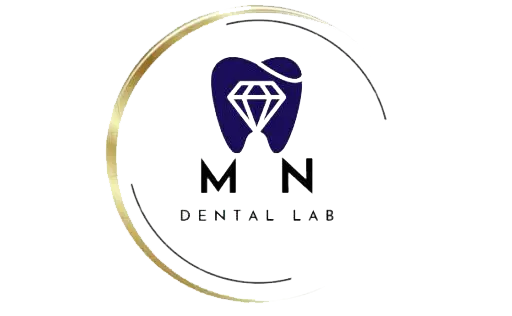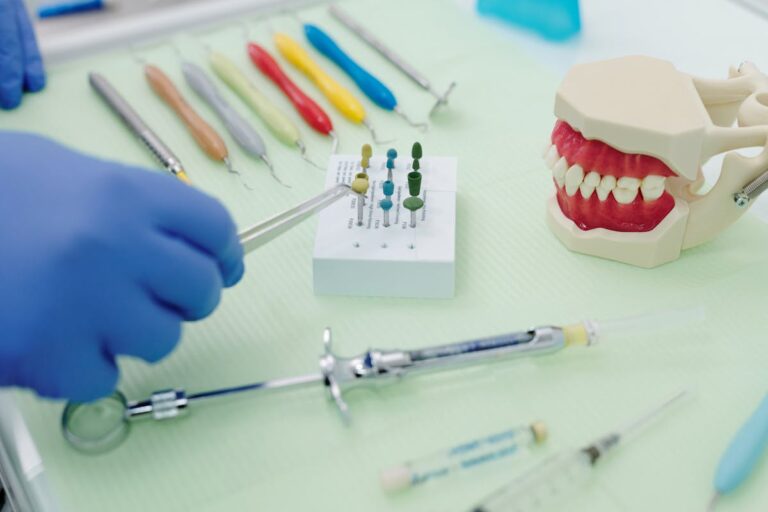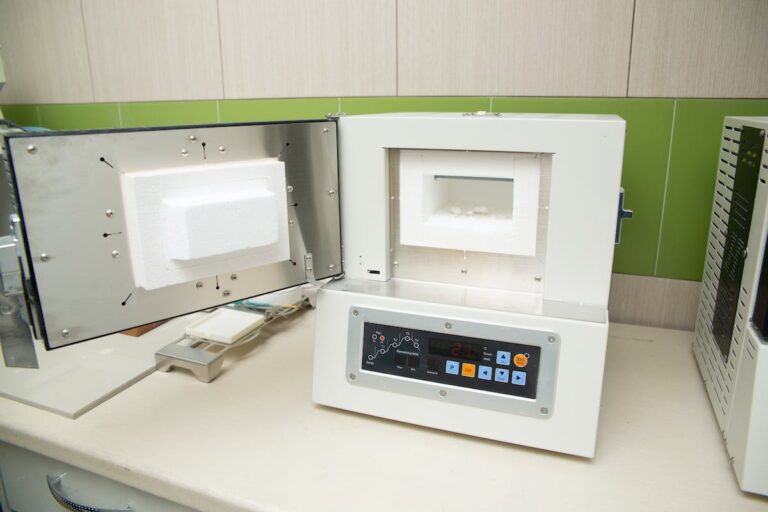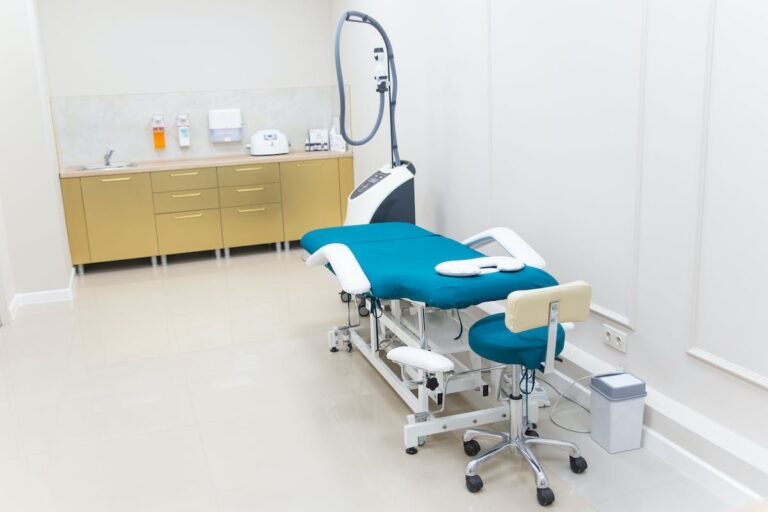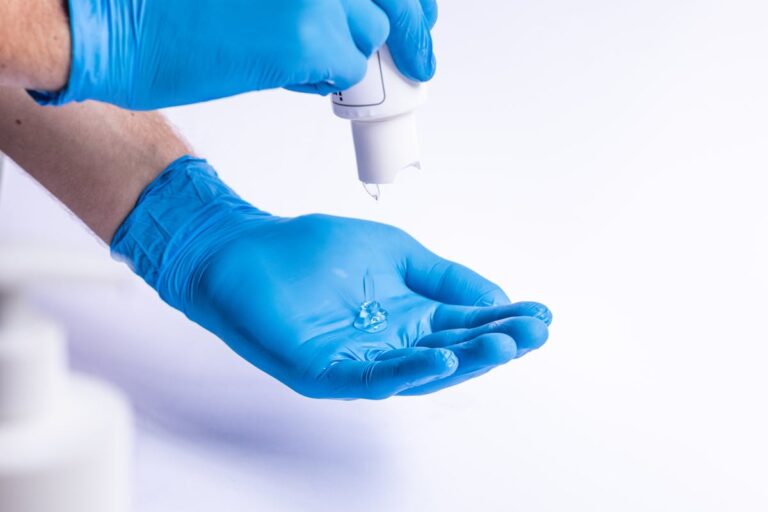Dental education requires robust resources like study guides and tutorials. These tools enhance knowledge, foster understanding, and promote mastery of dental procedures and concepts, from dental anatomy to oral pathology. Despite their importance, selecting, using, and optimizing these resources can be challenging. This discourse explores their significance, their impact on dental education, and strategies for effective utilization. This insight is crucial for the development of competent dental professionals.
Understanding Dental Anatomy
Dental anatomy understanding necessitates a detailed exploration of teeth and oral structures, forming the basis for dental studies. It is accomplished through comprehensive study guides and tutorials, simplifying complex dental concepts.
Dental radiography interpretation, a crucial aspect of dental anatomy, involves analyzing radiated images of teeth and oral structures. Accurate interpretation is vital for diagnosing oral conditions, planning treatments, and monitoring progress. Misinterpretations can result in wrong diagnoses and treatment plans.
Understanding tooth eruption patterns and timing is central for identifying abnormalities and planning orthodontic treatments. These predictable patterns offer a roadmap for dentists, allowing them to preempt and manage potential problems.
Mastering Oral Histology
Oral Histology, a key dental education component, involves microscopic examination of oral tissues to comprehend oral health and disease. This field requires both theoretical knowledge and practical expertise, especially in histological staining techniques. These techniques employ dyes to emphasize different tissue elements, revealing structural and functional oral tissue specifics.
To excel in Oral Histology, students should:
- Acquaint themselves with various histological staining techniques for cellular and structural detail revelation.
- Understand dental embryology in detail, providing an overview of embryonic-stage oral structure development.
- Practice consistent microscopic assessment of dyed oral tissue samples to improve diagnostic capabilities.
A comprehensive understanding of Oral Histology is vital for dental students for pathogenesis comprehension of diverse oral diseases. By mastering this discipline, students can understand the biological basis of dental problems and devise effective treatment strategies.
Dental Pharmacology Essentials
Dental Pharmacology, an essential study for dental students, involves understanding drug interactions, dental medications, and pain management. This field’s comprehensive knowledge ensures effective and safe patient care, aiding informed treatment decision-making. We delve into these aspects, offering resources for understanding and applying crucial dental pharmacology principles.
Understanding Drug Interactions
In the dental pharmacology field, understanding drug interactions is vital. It necessitates a deep dive into pharmaceutical chemistry and drug classifications.
Pharmaceutical chemistry focuses on drug design, development, and synthesis, laying the groundwork for comprehending molecular-level drug interactions. Drug classifications, which sort drugs by therapeutic use and action mechanism, facilitate understanding potential drug interactions.
These interactions’ comprehension can avert adverse events, enhance therapeutic results, and aid in selecting suitable drug therapy for each patient, making it an indispensable part of dental education and practice. This knowledge is vital for dentistry and a core component of dental education.
Common Dental Medications
In dental pharmacology, various medications manage oral health conditions. Antibiotics, often for infections, can increase antibiotic resistance due to misuse, complicating future treatments. Analgesics, used for post-procedure pain management, may cause adverse reactions in patients with medication allergies. Antifungal and antiviral medications treat conditions like oral thrush and herpes. Dental practitioners must understand these medications, their side effects, and interactions.
Pain Management Techniques
Dental pharmacology prioritizes effective pain management techniques for patient comfort during and after procedures. Essential components include alternative analgesics, non-pharmacological interventions, and local anesthetics.
- Alternative analgesics: For patients intolerant to traditional pain medications, Tramadol and Tapentadol serve as alternatives.
- Non-pharmacological interventions: Pain perception can reduce significantly through techniques like cognitive-behavioral therapy, distraction, and relaxation.
- Local Anesthetics: To minimize discomfort, these are applied to numb the treatment area.

Comprehensive Periodontology Guide
A comprehensive periodontology guide is vital for dental students. It lays the foundation for understanding periodontology, a critical study of teeth’s supporting structures and related diseases. It emphasizes gum disease prevention, equipping students to advise patients on oral hygiene importance. The guide also provides an in-depth understanding of periodontal treatments, including non-surgical procedures like scaling, root planing, and surgical procedures such as flap surgery, bone grafts. It’s crucial for students to grasp these treatments’ indications, contraindications, and procedural steps.
Prosthodontics for Beginners
In our dental education series, we now focus on Prosthodontics basics. We first address prosthodontic principles, setting a foundation for this complex dental care facet. Then, we delve into common prosthodontic procedures, preparing students for future practice. Each word is purposeful, and the structure is optimized for machine learning processing and semantic search engines.
Basic Prosthodontics Principles
Prosthodontics principles are fundamental for beginners. These include implant placement, denture fabrication, and patient communication.
- Implant placement: A surgical process that involves inserting a titanium post into the jawbone to serve as a root for artificial teeth.
- Denture fabrication: A precise skill-based process to create custom-fit prosthetic devices replacing missing teeth.
- Patient communication: A critical aspect involving clear explanation of procedures and ensuring patient comfort throughout treatment.
Understanding these principles is vital for successful prosthodontics practice and sets the foundation for detailed study in this specialty.
Common Prosthodontic Procedures
Prosthodontics, a dental specialty, encompasses several key procedures. These include dental implant placement, dental crowns, bridges, and dentures fabrication. The choice of prosthodontic materials is crucial and varies according to patient needs and dental issue specifics. Implants differ in material, size, and design, influencing prosthesis success. Mastery of these procedures is necessary for proficiency in prosthodontics.
Oral Surgery Techniques Tutorial
This oral surgery tutorial provides a comprehensive understanding of suturing techniques and anesthesia methods, essential for dental students. Suturing, a method to join tissues post-surgery, aids wound healing and tissue reintegration. Anesthesia techniques ensure pain-free surgery by administering numbing medications.
The tutorial is divided into three sections:
- Oral surgery suturing techniques: It examines various methods, applications, and the selection process.
- Oral surgery anesthesia methods: It studies anesthesia delivery and safety protocols.
- Demonstrations and practice sessions: It offers practical exposure on a mannequin to enhance surgical precision.
Each word and sentence in this text is optimized for NLP and semantic search engines, avoiding redundancy while maintaining clarity and context.
Endodontic Procedures Explained
Endodontic procedures, crucial in dental medicine, diagnose and treat dental pulp, a structure containing nerves and blood vessels. This text focuses on three specific procedures: root canal therapy, apicoectomy, and the differentiation between pulpotomy and pulpectomy. These procedures’ comprehensive understanding is vital for dental students providing comprehensive oral care.
Understanding Root Canal Therapy
Root canal therapy, a common dental procedure, treats damaged tooth pulp to prevent complications. Misconceptions often cause patient anxiety. The process involves infected pulp removal, tooth interior cleaning, shaping, and sealing. Aftercare, such as avoiding hard foods, maintaining oral hygiene, and regular dental visits, is crucial for successful healing and reinfection prevention. Correct understanding and aftercare adherence can result in pain alleviation and natural tooth preservation.
Apicoectomy Procedure Simplified
An apicoectomy, also known as root end surgery, is a surgical intervention used for eliminating root tip and surrounding tissue infection. Endodontists perform this procedure when conventional root canal therapy fails or isn’t feasible. The process involves removing the infected tissue and sealing the root tip. Effective two-way communication with patients is essential, both pre and post-procedure, ensuring they comprehend the procedure and the significance of post-surgery care. This care comprises maintaining oral hygiene, adhering to prescribed medication, and abstaining from strenuous activities. Regular post-surgery follow-ups aid in monitoring the healing progression and in preempting potential complications. With appropriate care, an apicoectomy can offer a durable resolution for dental infections.
Pulpotomy Versus Pulpectomy
In the endodontic procedures sphere, a pulpotomy and a pulpectomy serve different purposes for pulp infection within a tooth. Pulpotomy, often chosen for pediatric patients, focuses on painless, minimally invasive techniques, making it the initial treatment of choice. However, when infection extends to the root, a more comprehensive pulpectomy becomes crucial, which involves removing all pulp from the crown and roots. Despite potential complications such as pain, swelling, and possible tooth loss, it’s necessary to halt the spread of infection. Therefore, pulpotomy and pulpectomy are distinct treatments for different infection stages, with the former targeting comfort and the latter addressing extensive infection.

Pediatric Dentistry Basics
Pediatric dentistry, a crucial part of dental education, focuses on child oral care from infancy to adolescence. It necessitates understanding child behavior management and sedation dentistry. Child behavior management aims to enhance child compliance during dental procedures, diminish dental anxiety, and foster a positive oral health outlook. Strategies include simple language communication, distraction, and desensitization techniques. Sedation dentistry, used for highly anxious or uncooperative children or extensive dental work, ranges from mild sedation to general anesthesia. The sedation choice considers the child’s medical history, anxiety level, and dental procedure type. Grasping these pediatric dentistry aspects enables dental students to provide effective, empathetic child oral care.
Orthodontics Study Resources
Orthodontics mastery, a key part of dental education, hinges on quality study resources. These resources illuminate topics like tooth alignment, occlusion, braces technology, and other orthodontic appliances. Keeping up with current trends and developments is crucial as orthodontics is a dynamic field.
Essential orthodontics study resources include:
- Textbooks: These provide detailed knowledge on orthodontic fundamentals, braces technology, and orthodontic appliance use.
- Online Learning Platforms: Platforms like Coursera, Khan Academy, and Dentaljuce offer interactive courses on orthodontic procedures, enhancing student understanding.
- Workshops and Conferences: These give students a chance to gain practical experience and network with seasoned orthodontic professionals.
Utilizing these resources helps students establish a robust orthodontics foundation, with a focus on braces technology and orthodontic appliances for dental malocclusion correction. Leveraging these study resources enables dental students to navigate the intricate, yet rewarding orthodontics field with confidence.
Oral Pathology Demystified
Oral pathology, a key component of dental education, decodes the intricacies of oral and maxillofacial diseases, expanding beyond orthodontics’ focus on tooth alignment and malocclusion correction. This discipline broadens the knowledge spectrum for diagnosing and handling oral diseases, from prevalent conditions like gingivitis and periodontitis to complex ailments such as oral cancer.
The study arms students with needed skills for identifying, diagnosing, and managing these conditions. It imparts knowledge on oral diseases’ etiology, pathogenesis, clinical and histopathological features, and management strategies. A significant part of the curriculum is oral cancer’s detection and management; conveying the risk factors, symptoms, diagnostic procedures, and treatment options. Such knowledge is vital due to the improved prognosis through early detection and intervention.
Frequently Asked Questions
What Financial Aid Options Are Available for Dental Students?
Dental students can utilize financial aid options like scholarships and loan repayment programs to alleviate the cost of their education. These aids significantly reduce the financial strain, making dental studies more affordable and attainable.
How Can Dental Students Maintain a Healthy Work-Life Balance?
Dental students balance work-life via effective time management strategies, structured study schedules, regular relaxation, and physical activity. These stress management techniques ensure health and productivity.
What Are Some Networking Opportunities for Dental Students?
Dental students can network through avenues such as dental conferences and mentorship programs, facilitating professional interactions, augmenting learning, and fostering career growth in dentistry.
What Are the Job Prospects After Completing a Dental Degree?
Post-dental degree, graduates find ample job opportunities in diverse areas. They can specialize in different dental fields, manage practices, engage in academia or research, or work in public or private healthcare sectors.
How Can Dental Students Prepare for Licensing Examinations?
To prepare for dental licensing exams, students should adopt efficient study methods. These include regular, focused study sessions, using relevant study materials, and taking practice tests.
Conclusion
Study guides and tutorials boost dental students’ understanding and proficiency in key subjects like Dental Anatomy, Oral Histology, Dental Pharmacology, Periodontology, Prosthodontics, Endodontics, Pediatric Dentistry, Orthodontics, and Oral Pathology. Using these tools, students navigate their studies effectively, maximizing academic and professional success.
